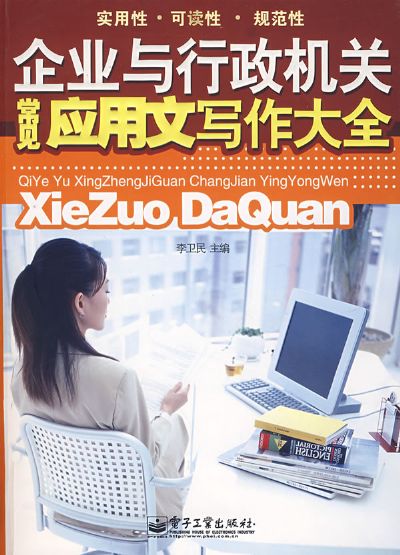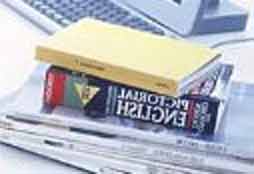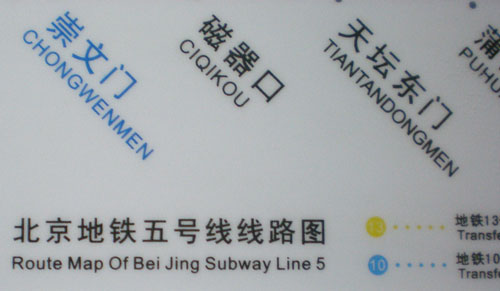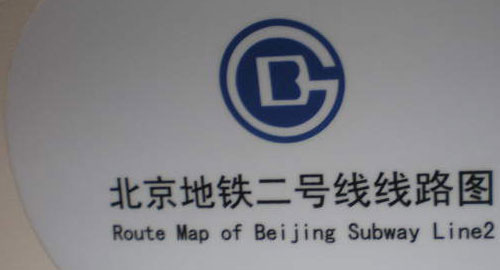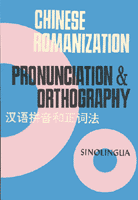 Arrr! In recognition of International Talk Like a Beijinger Pirate Day, here are the rules for how to spell those -r endings in Hanyu Pinyin and how those endings affect the pronunciation of syllables. In many cases, it’s more complicated than just adding an -r sound at the end of the standard syllable.
Arrr! In recognition of International Talk Like a Beijinger Pirate Day, here are the rules for how to spell those -r endings in Hanyu Pinyin and how those endings affect the pronunciation of syllables. In many cases, it’s more complicated than just adding an -r sound at the end of the standard syllable.
This information is from Yin Binyong’s Chinese Romanization: Pronunciation and Orthography. The full section from this book is available in PDF form: r- Suffixed Syllables.
| Written form | Actual pronunciation |
|---|---|
| -ar (mǎr, horse) | -ar (mǎr) |
| -air (gàir, lid) | -ar (gàr) |
| -anr (pánr, plate) | -ar (pár) |
| -aor (bāor, bundle) | -aor (bāor) |
| -angr (gāngr, jar) | -ãr (gãr) |
| -or (mòr, dust) | -or (mòr) |
| -our (hóur, monkey) | -our (hóur) |
| -ongr (chóngr, insect) | -õr (chõr) |
| -er (gēr, song) | -er (gēr) |
| -eir (bèir, back) | -er (bèr) |
| -enr (ménr, door) | -er (mér) |
| -engr (dēngr, lamp) | -ẽr (dẽr) |
| -ir* (zìr, Chinese character) | -er (zèr) |
| -ir (mǐr, rice) | -ier (mǐer) |
| -iar (xiár, box) | -iar (xiár) |
| -ier (diér, saucer) | -ier (diér) |
| -iaor (niǎor, bird) | -iaor (niǎor) |
| -iur (qiúr, ball) | -iour (qióur) |
| -ianr (diǎnr, bit) | -iar (diǎr) |
| -iangr (qiāngr, tune) | -iãr (qiãr) |
| -inr (xīnr, core) | -ier (xīer) |
| -ingr (língr, bell) | -iẽr (liẽr) |
| -iongr (xióngr, bear) | -iõr (xiõr) |
| -ur (tùr, rabbit) | -ur (tùr) |
| -uar (huār, flower) | -uar (huār) |
| -uor (huór, work) | -uor (huór) |
| -uair (kuàir, piece) | -uar (kuàr) |
| -uir (shuǐr, water) | -uer (shuěr) |
| -uanr (wánr, to play) | -uar (wár) |
| -uangr (kuāngr, basket) | -uãr (kuãr) |
| -unr (lúnr, wheel) | -uer (luér) |
| -ür (qǔr, song) | -üer (qǔer) |
| -üer (juér, peg) | -üer (juér) |
| -üanr (quānr, loop) | -üar (quār) |
| -ünr (qúnr, skirt) | -üer (quér) |
Notes:
- ã, õ, ẽ indicate nasalized a, o, e.
- The -i marked with an asterisk indicates either of the apical vowels that follow zh, ch, sh, r and z, c, s.


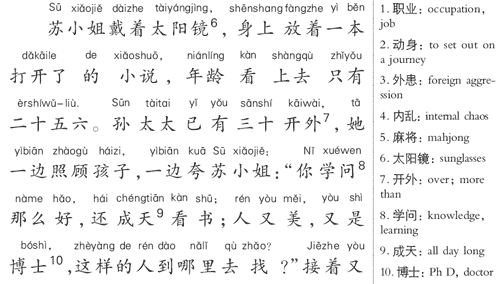
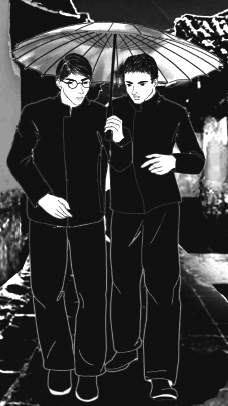 This bit of news is simply wonderful. As part of
This bit of news is simply wonderful. As part of 
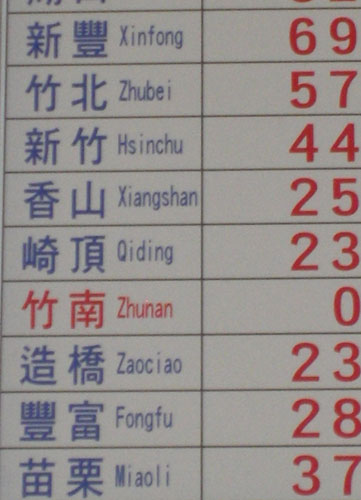
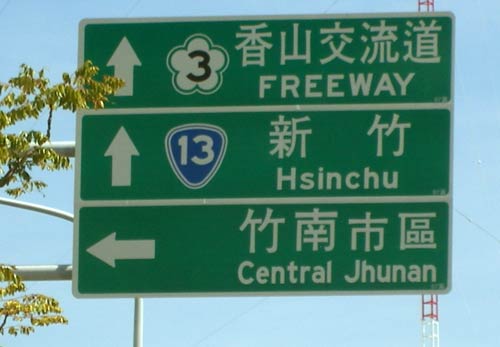

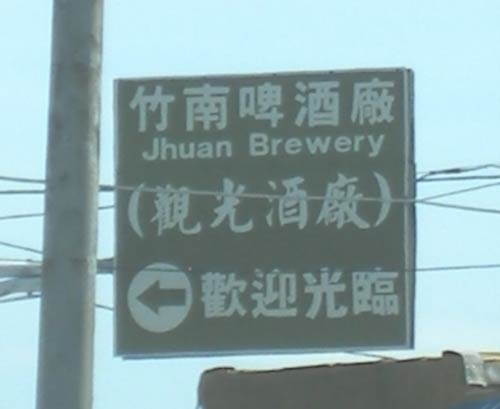
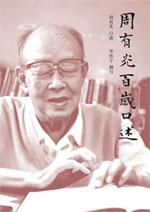 I didn’t have any luck finding anything in Sin Wenz (
I didn’t have any luck finding anything in Sin Wenz (
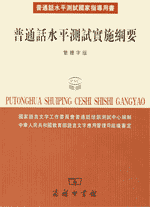
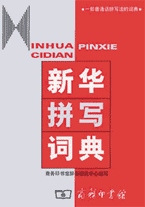
![beijing_bookstore sign in a Beijing bookstore reading 'Education Theury' [sic]](https://pinyin.info/news/news_photos/2009/07/beijing_bookstore.jpg)
